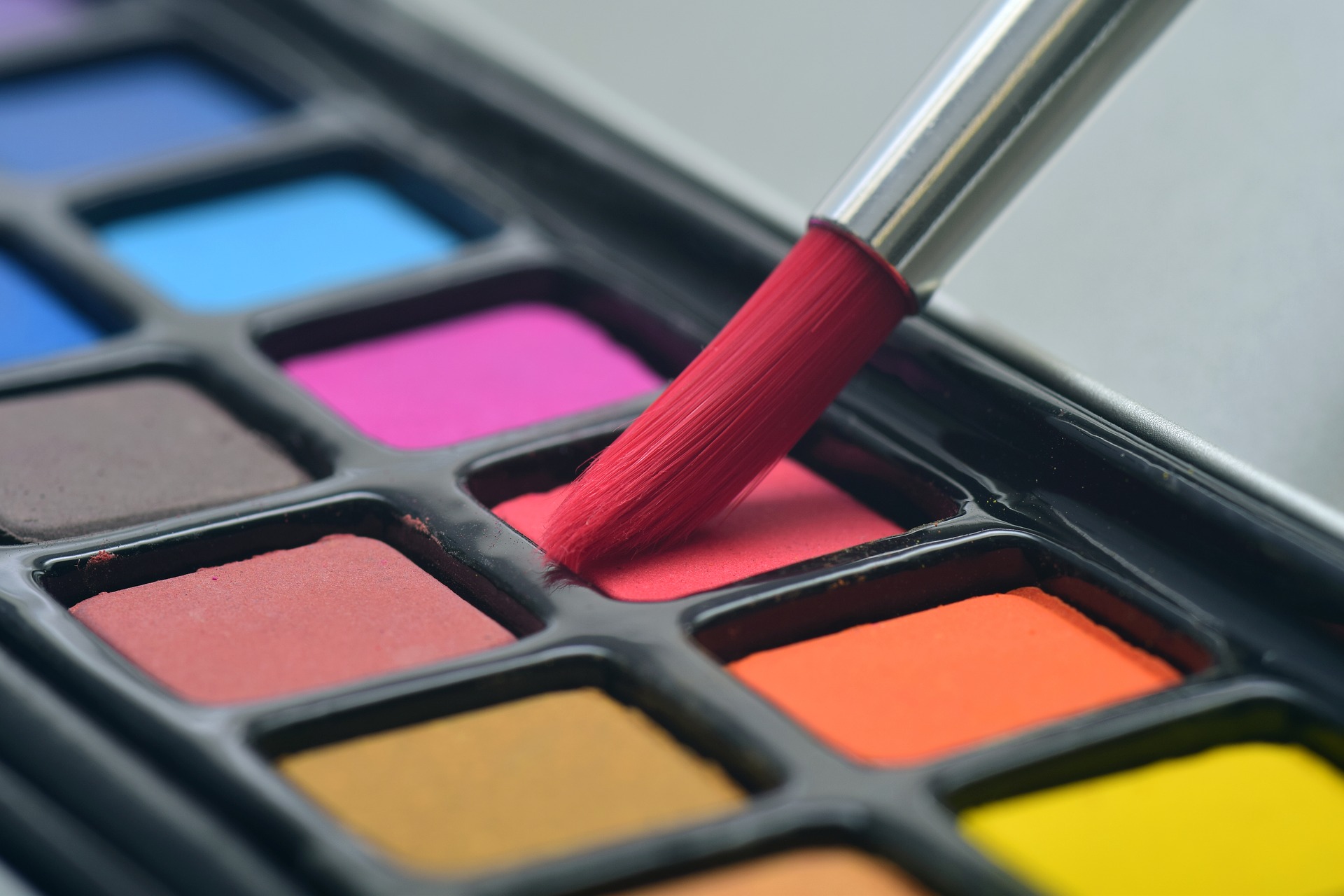Creating books is a group effort. The writing is often a solitary process, with the writers working hard to present their ideas in an appealing and readable way. Next comes the editing. Writers who are lucky and/or good enough to have a publisher will work the publisher’s editor. Those who want to do it on their own can contract editing services from providers such as HandmadeWritings. But no matter how important writing and editing are, it’s the next step that can easily make or break a book’s success.
The cover design is a crucial part of the process for several reasons, but they boil down to the fact that people shop with their eyes. The cover design is what attracts readers to your book when they see it in a bookshop or online store. While it’s always a good idea to leave the design part to the professionals, you as the author can have a say in some of the design choices. And if you’re thinking that the color of the book title is the area where your input might be well-received, here are a couple of things you should consider.
The Color Palette
In a book cover design, you want to grab attention while also providing the necessary information to the reader. So, you might have an illustration on the cover, as well as the title, your name, and some awards if the book has won any. The title usually provides information, although the font can also attract attention in some cases.
Legibility is your major concern. You want people to be able to read the title of your book. You can achieve that by making sure that there’s enough contrast between the lettering and the background, or the whole cover design. Going for black or white letters, whichever are more appropriate, is the safe choice. Choosing complementary colors can also work. In some cases, you can use analogous colors, but you should be very careful with them. The important thing you have to consider is the color palette of the design as a whole.
The Font
Some fonts work better with colors than others. It shouldn’t come as a surprise that some fonts are more legible than others by their very design. But if add colors to the mix, you need to think about your font choices extra hard if you want to ensure good legibility.
The fonts that have very fine details will need more contrast than those that appear more solid. Hairlines and thin serifs are a sure sign that you shouldn’t use analogous colors, for example, because they are unlikely to provide enough contrast. Sticking to black and white might be the best choice.
The Genre and the Theme
The genre and the general theme of your book affect your choice of colors in two ways. One, the genre might push you towards choosing a specific kind of font, and fonts can dictate color options. Two, the mood or the theme of the book can affect the design of the cover, including book title colors.
If you wrote a thriller, you might find the Lilac Malaria font particularly appealing. For Westerns, the Thunderbird font is an obvious choice. Romance novels might make you want to use the Van den Velde Script. What all these fonts have in common is that they have some elements that interfere with legibility and could use all the contrast you can give them. Also, you might want to use certain colors for certain themes, like a red title on a book that’s about vampires. You should keep the genre and the theme in mind.
The Format
Finally, you have to consider the format you’ll use to publish the book. You can display physical copies of a book in a bookshop, in which case you have more real-estate to work with in terms of size, and you don’t have to worry about legibility as much.
For eBooks, it’s a whole different story. eBooks covers are often displayed as thumbnails that either can’t be viewed in full size or require the viewer to make an additional step to be able to view them in full. In that case, everything from your color palette to the choice of fonts can have a drastic effect on legibility. You should be very careful with the colors you choose for the title.
Cover design is something that’s best left to the professional designers. Still, if you want to get more involved in the process than just being the person who has to greenlight the design, title color is a relatively safe area for you to meddle in. That is, as long as you’re willing to consider at least the basic principles of color theory and book cover design.



